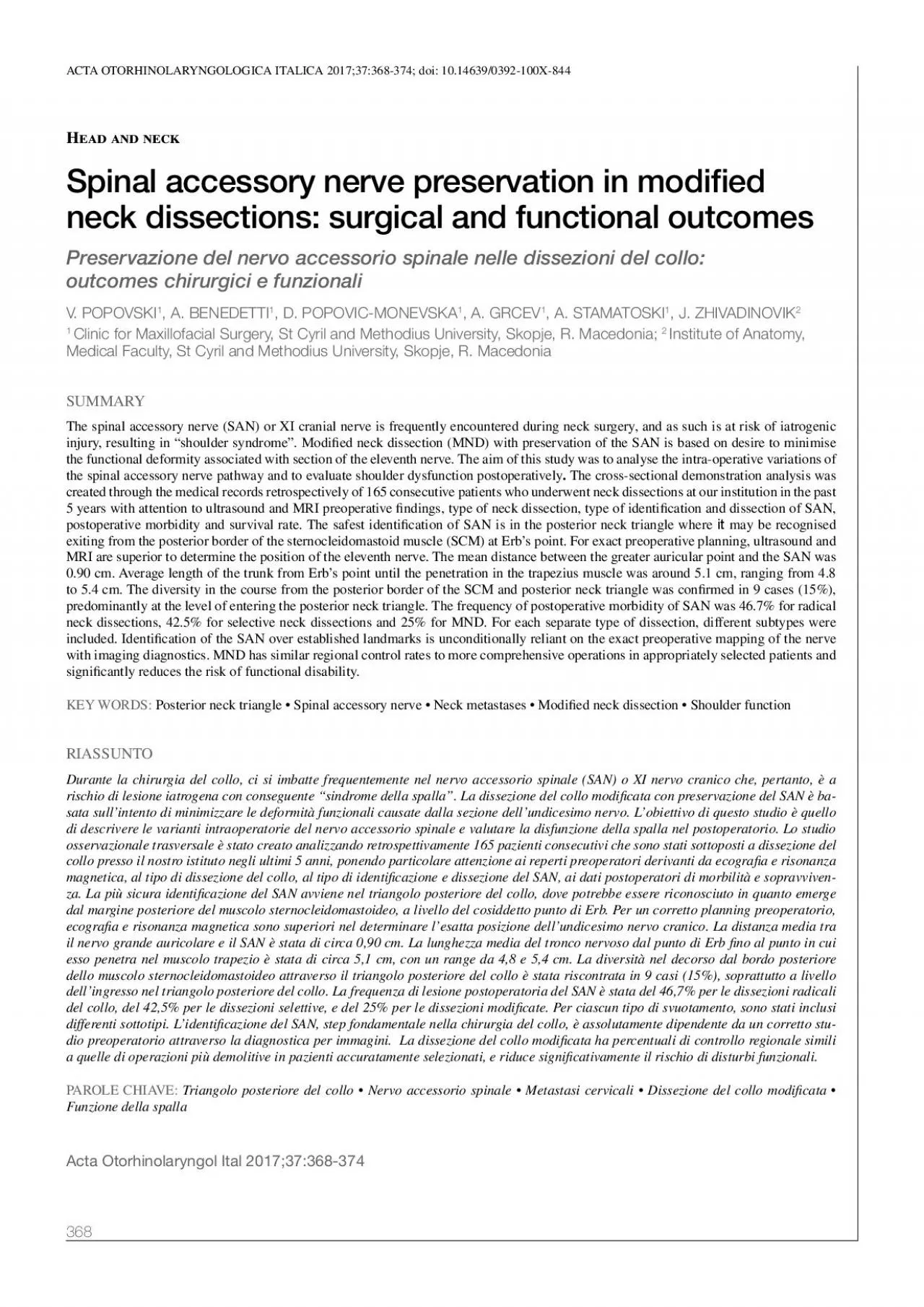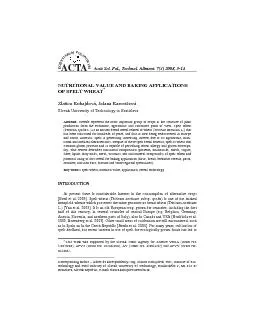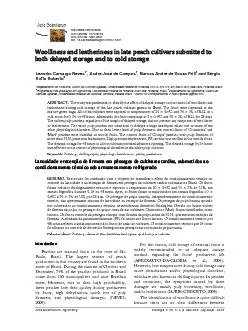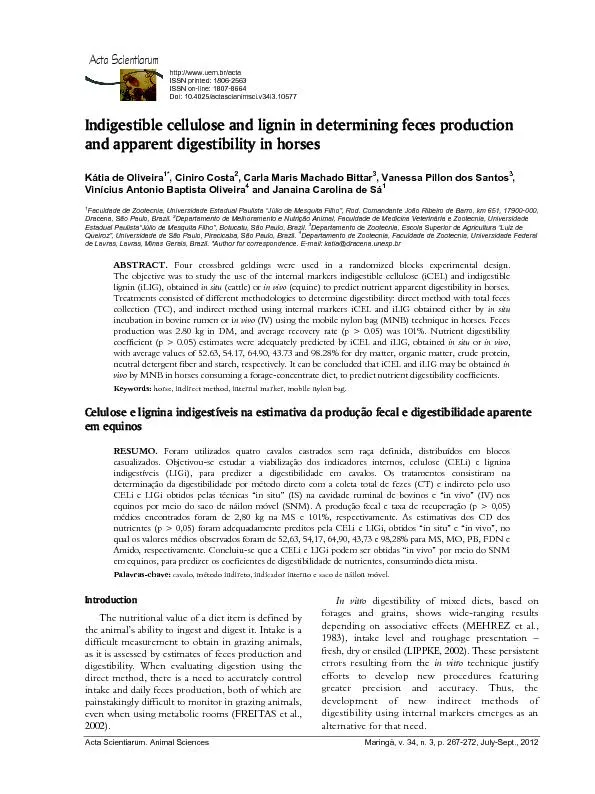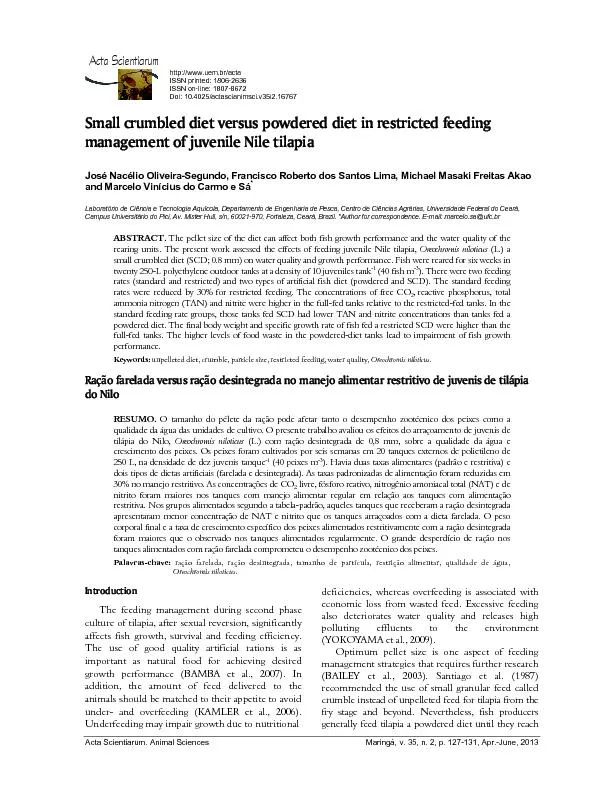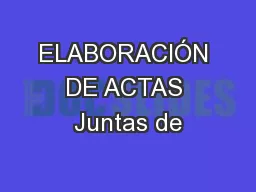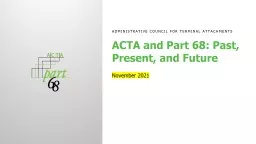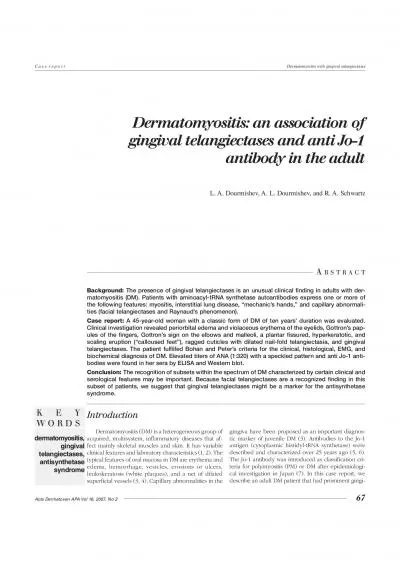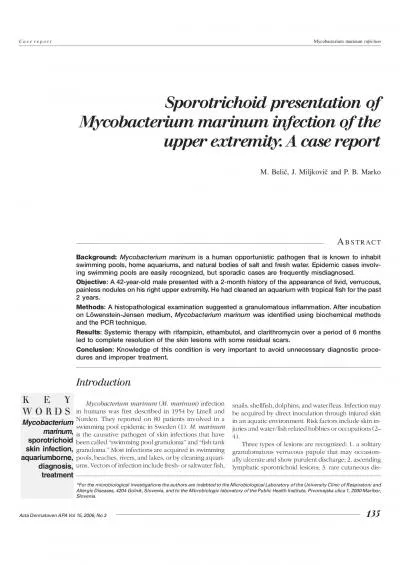PDF-ACTA OTORHINOLARYNGOLOGICA ITALICA 201737368374
Author : davies | Published Date : 2022-08-25
Spinal accessory nerve preservation in modi31ed Preservazione del nervo accessorio spinale nelle dissezioni del collo V POPOVSKI IntroductionWhile radical neck dissection
Presentation Embed Code
Download Presentation
Download Presentation The PPT/PDF document "ACTA OTORHINOLARYNGOLOGICA ITALICA 20173..." is the property of its rightful owner. Permission is granted to download and print the materials on this website for personal, non-commercial use only, and to display it on your personal computer provided you do not modify the materials and that you retain all copyright notices contained in the materials. By downloading content from our website, you accept the terms of this agreement.
ACTA OTORHINOLARYNGOLOGICA ITALICA 201737368374: Transcript
Download Rules Of Document
"ACTA OTORHINOLARYNGOLOGICA ITALICA 201737368374"The content belongs to its owner. You may download and print it for personal use, without modification, and keep all copyright notices. By downloading, you agree to these terms.
Related Documents

